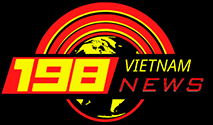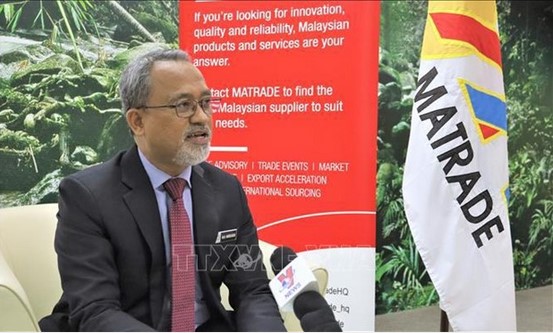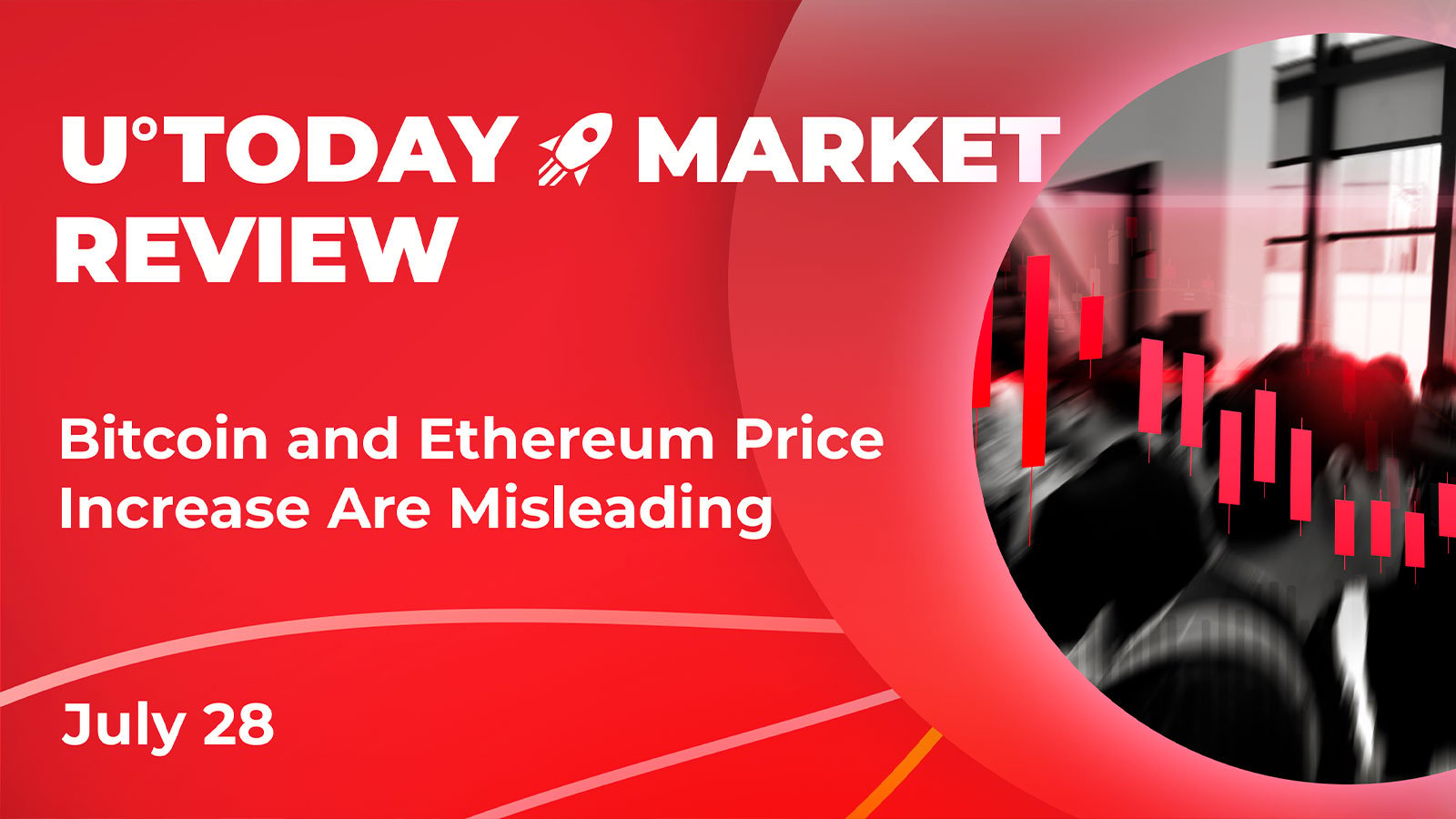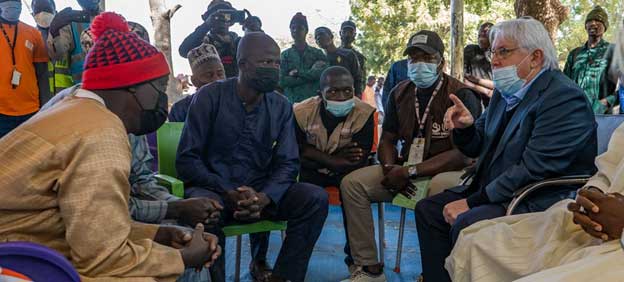[ad_1]
The Center East area is rising as a promising post-pandemic export marketplace for Vietnamese companies, consultants have mentioned.

Talking at a seminar Thursday on boosting exports to the area, Nguyen Tuan, deputy director of the HCM Metropolis Funding and Commerce Promotion Centre (ITPC), mentioned the Center East, which includes 16 nations and has a inhabitants of round 400 million folks, is a big market and a gateway to the European market.
Viet Nam has sturdy commerce relations with the area, particularly the Gulf Cooperation Council (GCC) with six member nations – the United Arab Emirates (UAE), Saudi Arabia, Kuwait, Bahrain, Qatar and Oman, with a complete inhabitants of 65 million (in 2021).
GCC nations have excessive GDP per capita, with Qatar having GDP per capita of US$60,000 in 2021, adopted by the UAE $41,000, Kuwait $25,000 and Saudi Arabia $22,000, he mentioned.
Since 2003, GCC nations have agreed to use a standard import tariff of about 5 per cent all through the area for many merchandise.
These nations even have an enormous import demand, starting from $2-8 billion, for gadgets resembling furnishings, plastic merchandise, grains, textiles, footwear, rubber, meat, dairy merchandise, and greens.
These are merchandise that Viet Nam is ready to export to satisfy these nations’ demand, however at the moment is not fulfilling that potential, Tuan mentioned.
Statistics confirmed that GCC nations import about 80 per cent of meals and foodstuffs value $40 billion per 12 months. The determine is predicted to extend to $70 billion by 2035.
The Center East is especially a possible export marketplace for HCM Metropolis, largely seafood, vegetables and fruit, espresso, pepper, textiles, computer systems and digital parts, telephone parts and others.
Ambassador Extraordinary and Plenipotentiary of Viet Nam in Kuwait Ngo Toan Thang mentioned Viet Nam’s import and export turnover to GCC nations has elevated quickly through the years, reaching $12.5 billion in 2021, up from $2.7 billion in 2012.
Viet Nam has diplomatic relations and long-term conventional cooperative relations with the GCC nations. The 2 sides have signed a number of financial, commerce and scientific-technological cooperation agreements, based on Thang.
He additionally famous, nevertheless, that logistics, cost and a lack of know-how are points which have hindered Viet Nam’s exports.
Due to the cost difficulties, each side largely pay by way of middleman banks in different nations, which incur a excessive price, he added.
Different commerce limitations embrace the requirement for certificates of requirements, high quality management and labelling issued by the Gulf Requirements and Metrology Group, in addition to Halal certificates for imported meals and seafood merchandise, based on Thang.
Halal certification
Nguyen Thi Ngoc Grasp, advertising and marketing director of the Halal Certification Company, mentioned Halal certification was very important for Vietnamese companies to export to the Center East area the place there’s a giant inhabitants of Muslims.
There are 2.2 billion Muslims dwelling in 112 nations around the globe, accounting for 25 per cent of the world’s inhabitants.
Muslims wouldn’t use these merchandise except they’re recognized as Halal or Haram (particularly meals merchandise which might be preliminarily processed or preserved).
The Halal certificates is a doc that ensures that services aimed on the Muslim inhabitants meet the necessities of Islamic legislation.
Halal certification is a course of that ensures the options and high quality of the merchandise based on the principles established by the Islamic Council that permit the usage of the mark Halal.
It’s primarily utilized to meat merchandise and different meals merchandise resembling milk, canned meals and components. Particularly, for meat merchandise Halal certifies that the animals have been slaughtered in a single minimize, completely bled, and their meat has not been in touch with animals slaughtered in any other case and, particularly, with pork.
In keeping with Grasp, the elevated demand for Halal-certified merchandise prior to now few years is attributed to the rising inhabitants of Muslims within the Center East and the rise in disposable revenue to utilise these services.
The sturdy demand for Halal merchandise is just not solely as a consequence of a rise of Muslims but in addition as a consequence of new consumption traits. There are lots of non-Muslims rising spending and use of Halal meals as a result of Halal merchandise meet the factors of atmosphere and meals security.
The worldwide Halal meals market is predicted to proceed to develop strongly. Spending on Halal meals is predicted to extend by 3.1 per cent from $1.4 trillion in 2020 to $1.9 trillion in 2024 and $15 trillion in 2050.
bizhub
[ad_2]
Source link
















